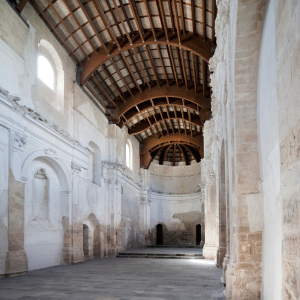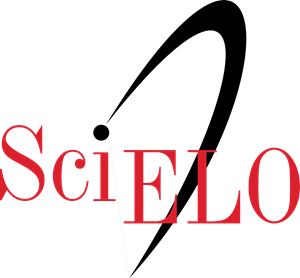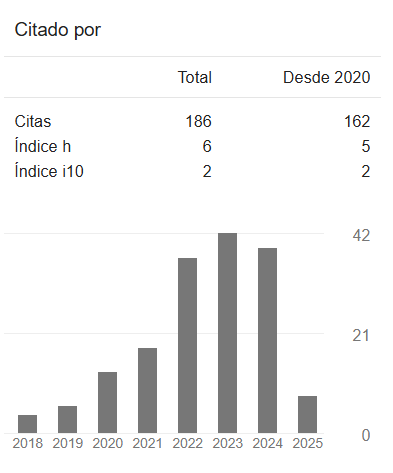Working with antiquity
DOI:
https://doi.org/10.35305/23626097v11i20.458Keywords:
heritage, project, recovery, ruinAbstract
This paper reviews some design experiences on important archaeological heritage sites. The analysis is focused on three main projects which are significant for contemporary architectural practice on historical and archeological heritage. These are design interventions characterized by a common basic idea that we could summarize as a design vision in continuity with the pre-existence; a methodological approach away from the concepts of imitation or opposition is used.
The first project deals with the long and complex recovery of an ancient monastery dated from the 15th century that had undergone substantial functional transformations and abandonments throughout centuries leading to the ruin of part of it.
The other two interventions are focused on very distinctive archaeological areas: (1) the Archaeological Area and Antiquarium of Tindari in Sicily; (2) the Imperial Forums in Rome. The attempt was to find design solutions allowing the re-establishment of new relationships with the ancient that would enhance the intrinsic qualities of the archaeological contexts.
Downloads
Metrics
References
Fidone, E. y Messina, B. (2023). La memoria rievocata: area archeologica e antiquarium di Tindari. En O. Lubrano y C. Orfeo (Eds.), Immaginare la città antica: progetti per Tindari. Nápoles, Italia: Tymosbook.
Fidone, E., Foti, F., Messina, B., Linazasoro, J. I. y Sanchez, R. (2017). Roma Qvanta Fvit Rvina Docet. En L. Basso Peressut y P. F, Caliari (Eds.), Piranesi Prix de Rome. Progetti per la nuova Via dei Fori Imperiali. Nápoles, Italia: Aion Edizioni.
Messina, B. (2018). Per via di porre, per via di levare: la rovina come progetto. Firenze Architettura, 22(1), 42–49.

Published
How to Cite
Issue
Section
License
Copyright (c) 2024 A&P Continuidad

This work is licensed under a Creative Commons Attribution-NonCommercial-ShareAlike 4.0 International License.
Open access policy
A&P Continuidad is a non-profit and open access publication. According to Mexico Declaration on Cultural Policies, the journal distribution is submitted to Creative Commons Attribution-Noncommercial-ShareAlike 4.0 International Public License (CC BY-NC-SA). “Neither the commercial use of the original work nor that of the possible derivative works are allowed. The distribution of derivative works should be submitted to the license regulating the original work. This license is not free.”
A&P Continuidad authorizes the partial or full reproduction of texts and graphs provided that the source is cited. Authors are exclusively responsible for the criteria expressed in the articles which do not necessarily reflect the opinion of the Editorial Committee or that of the Direction Board. The copyright of the published articles pertains to their authors or publishers.
Transfer of rights
The acceptance of an article to be published implies the author’s transfer of rights to the journal. Authors continue to have the right to use the material in future books or publications, approve or veto the republication of their works as well as the rights related to patents or other rights. Transfer of rights form may be downloaded here.





























 This OJS site and its metadata are under a
This OJS site and its metadata are under a 

